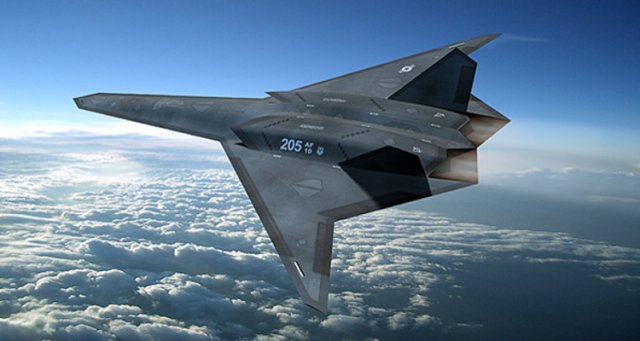The United States military is tasked with developing new and ground breaking technologies, but budget issues are causing problems for numerous programmes on the chopping block. Don’t expect that to happen to the U.S. Air Force Long Range Strike-Bomber (LRS-B), an important step in modernising the military’s combat aircraft programme.
Much of the LRS-B programme is classified, so exact details of the aircraft’s maximum range, design, and weapons payload haven’t been publicly disclosed. It is expected to have a similar range as the B-2 around 6,000 nautical miles, but anything else is currently speculation.
A flying prototype hasn’t been created, and just $600 million in funds has been used for research – $8.7 billion will be spent through 2018.
Even with additional budget scrutiny of the programme, the LRS-B programme continues to have support from military officials at the Pentagon.
Here is what Major General Steve Kwast told theWall Street Journal, “In the future, what our president is going to need is options, options to project power anywhere in the world within hours. This Long-Range Strike Bomber is going to be that option the president can use when there are no other options.”
There is increased collaboration between private government contractors, with Boeing and Lockheed Martin recently joined forces to secure the lucrative $100+ billion LRS-B contract. Since the U.S. military budget faces additional scrutiny, both Boeing and Lockheed Martin are expected to contribute “to bridge” until the federal government funding opens up again.
Boeing is taking the lead serving as the number one contractor, while Lockheed Martin is going to be in a support role. The two companies are tasked with producing 80-100 LRS-B aircraft for the Air Force, publicly launching in 2024-2026.
Luxuries such as a more comfortable crew lounge and expensive kitchenette have drawn criticism from some military officials. Previous long-range B-2 missions from the United States to Afghanistan, 40-hour runs, pilots didn’t have much beyond a cot to sleep on and a small cooler for food storage.
Beyond long-range strike capabilities, there is a global political posturing battle among several nations trying to develop new aircraft.
Russia approved plans for a next-generation bomber while military experts believe China is developing a new long-range stealth bomber. There is unspoken anxiety in Washington if the US doesn’t work to develop its own next-generation military technologies as other countries ramp up research and development.
Furthermore, the aging B-1 and B-52 bombers are heading towards retirement, while the only 16 B-2 aircraft are combat ready – and cost $135,000 per hour for flight missions.
Critics of the program believe the Air Force would be better served in developing more sophisticated unmanned drones. Beyond the Middle East, UAS have been used in Africa and a number of nations are developing drones for surveillance and national defense. Government contractor Northrop Grumman is already working on a long-endurance stealthy unmanned air system (UAS) and next-generation UAS are being considered.
Source: Daily Tech

